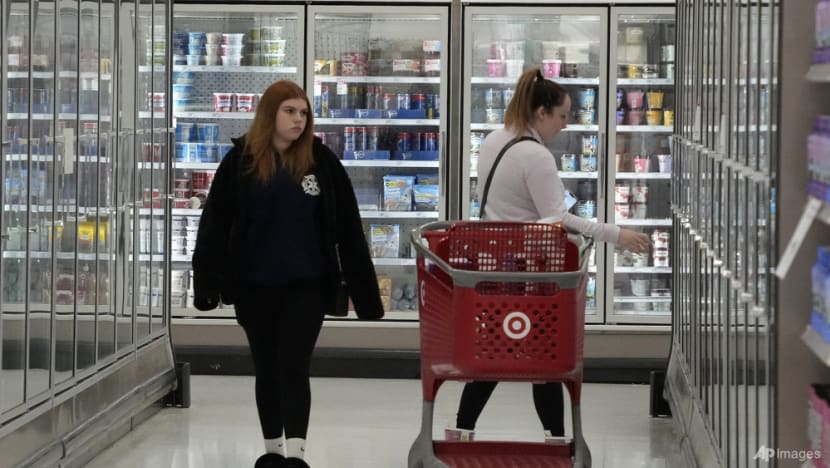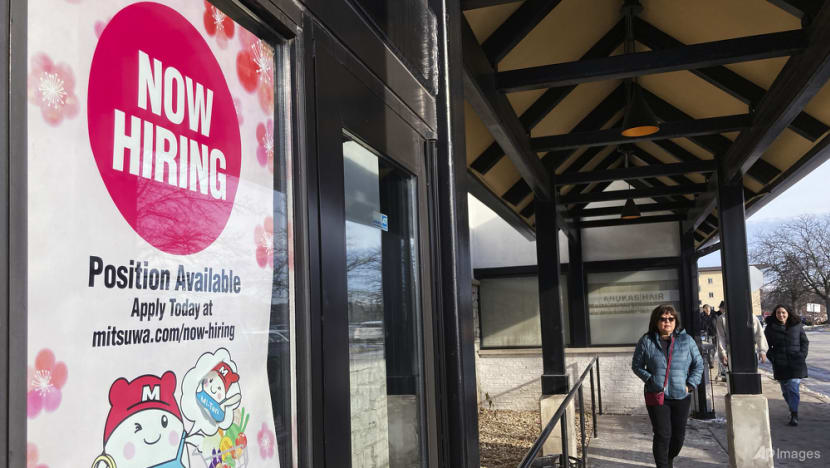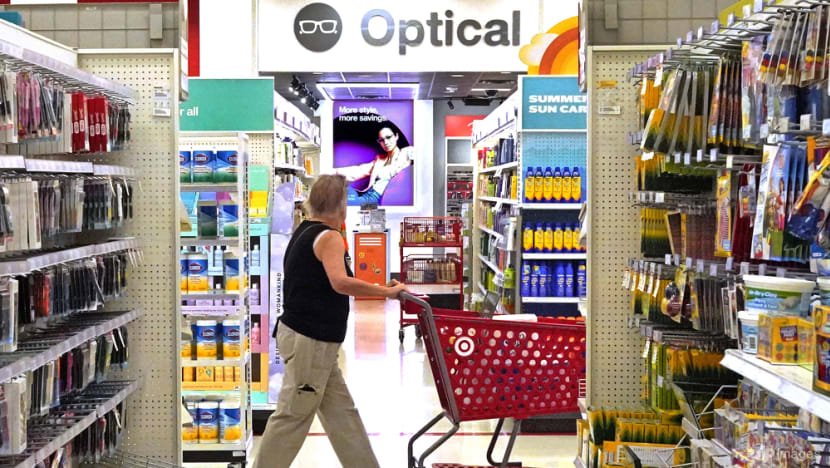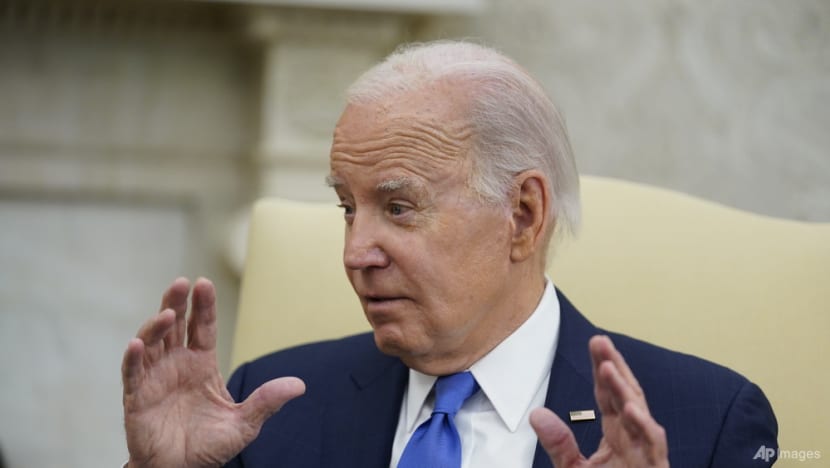Shopping frenzy boosts US economic growth, but concerns over inflation and cost of living cast a shadow
With a year to go until the next US presidential election, in which President Joe Biden will go head-to-head with a Republican challenger for a second term in office, the public’s perception of the economy will feature highly in how they vote.


This audio is generated by an AI tool.
WASHINGTON: Many Americans still do not view the economy favourably, despite the economic growth of the United States currently at a solid 4.9 per cent, recent polls have shown.
The strong performance at the moment has been driven by a mix of strong consumer spending and a low level of unemployment.
However, factors such as persistent inflation and rising cost of living have added to a sense of uncertainty among Americans.
With a year to go until the next US presidential election, in which Democrat President Joe Biden will go head-to-head with a Republican challenger for a second term in office, the public’s perception of the economy will feature highly in how they vote.
Former president Donald Trump is the current frontrunner for the Republicans, and seeking a return to office after losing to Mr Biden in the 2020 contest.
SHOPPING DRIVES SPENDING
Data from the US Department of Commerce has shown a 4 per cent acceleration in consumer spending on goods and services, leading to solid economic growth in the last quarter.
Confidence in the country has been buoyed by low unemployment and higher wages, with a labour market that is seeing new jobs added every month.
“For the GDP (gross domestic product) that came out for Q3, most of that was from consumer spending. So the spending is really what's been keeping this economy chugging along,” Ms Sofia Baig, an economist at Morning Consult, told CNA.
“I guess you could argue also that part of the reason why people are able to spend is because we have such a strong labour market, so many people are employed and have a stable income coming in, so they can support that spending.”

American consumers love shopping, whether out of necessity or for pure enjoyment, and that has boded well for retailers and the wider US economy, said observers.
One shopper told CNA she does it for “the thrill of the hunt, finding new things (and) finding exclusive things.”
Consumers are now even spending on holiday festivities once again, with some spending their excess savings from the COVID-19 pandemic.
OPINIONS STILL SOUR
Despite the strong economic performance, people’s opinions are still souring.
In a recent Suffolk University Sawyer Business School study involving 1,000 respondents, 70 per cent of respondents nationwide across different genders, age and income levels said the economy is getting worse.
They cited persistent inflation and the rising costs of living as a key factor, with prices for food, transport and gas and housing costs all being driven up.

This trend was observed particularly among those who earn less than US$50,000 a year.
“President Biden and his administration are very quick to point out low unemployment, and he's absolutely right about that. There are plenty of jobs in the United States that people want to work,” Mr David Paleologos, director of Suffolk University Political Research Center, told CNA.
“The key, though, is that for people it doesn't matter how many jobs you have if you can't pay your bills. And so what's happening is people have to take an additional job and reduce the quality of their life, just to pay their grocery bills or their rent or their utility bills.”
President Biden’s post-pandemic economic stimulus packages, along with the Inflation Reduction Act lowering prescription prices and investing domestically in energy, have had an impact.

In 2021, President Biden’s US$1.9 trillion COVID-19 relief plan passed through the Senate, including US$400 billion in one-time payments of US$1,400 to many Americans, and US$300 a week in extended jobless benefits for the 9.5 million thrown out of work in the crisis.
The president had also signed the Inflation Reduction Act into law in August last year, in what was called America’s largest investment in clean energy and climate action ever.
However, there remains wider uncertainty over government spending, including on conflicts in Ukraine and Gaza, and concern over an escalation in fighting in those places.














